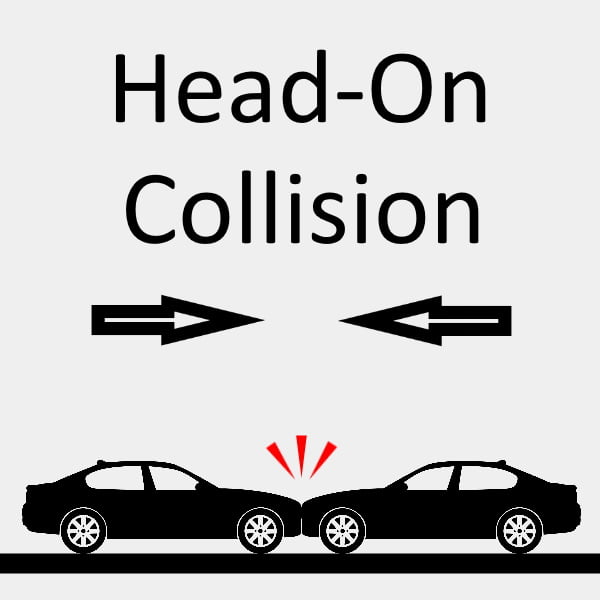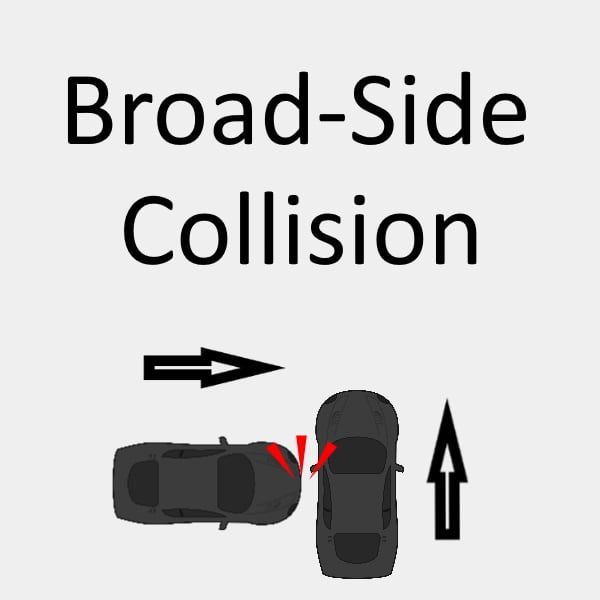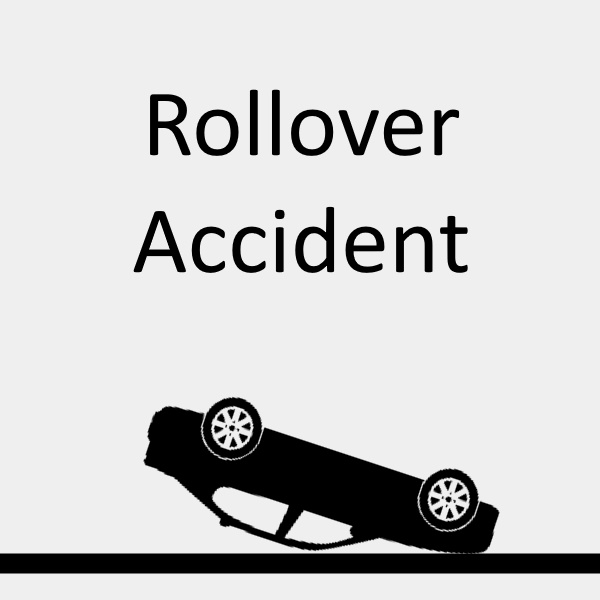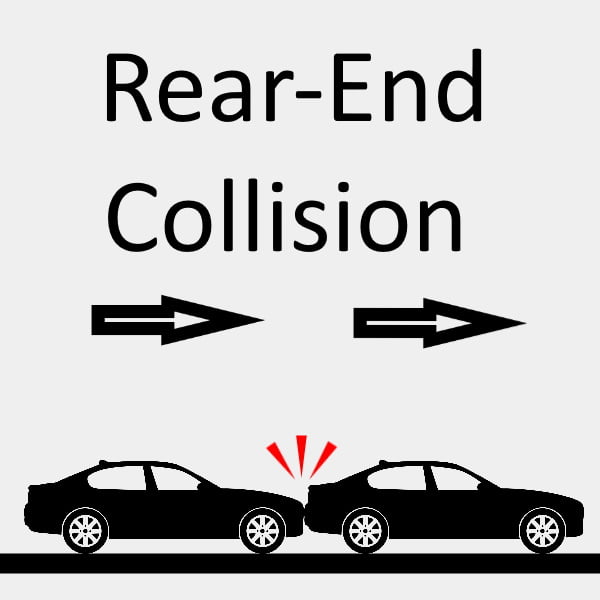Vehicle Safety Ratings
Vehicle safety ratings are important to know when you're considering a new vehicle. However, there is no single accepted testing procedure and scoring system. Instead, there is a mix of governmental and private organizations across the globe. It should be noted that most of the organizations are based on the New Car Assessment Program (NCAP) originally created by the US government. Other governments, mostly of large vehicle manufacturing nations, have created their own NCAP programs such as Euro NCAP, C-NCAP, and JNCAP. Sometimes this can confuse consumers. Although similar, each organization slightly varies. In this post, we will look into the tests and organizations here in the United States.
Vehicle Safety Ratings In The USA
It should be known that there are two major vehicle safety rating agencies in the United States.
First off, there is the program run by the National Highway Traffic Safety Administration (NHTSA). This is a governmental program that was made in response to federal legislation. The program, NCAP, was created in 1979. Tests have been added and modified through the years, but much of the core remains from the 70s. A common criticism of the NHTSA's NCAP is that it is outdated. Changes are subject to a lengthy governmental bureaucracy. Also, vehicle manufacturers often oppose any changes to the safety ratings that could hurt their sales.
Secondly, there is the Insurance Institute of Highway Safety (IIHS). As their name suggests, this is a company backed by various insurance companies. However, it is run as a non-profit and claims to test to standards higher than that of the NHTSA. The program started giving ratings in 1995 and has seen various updates and revisions to the safety testing and rating.
The Safety Tests
Both the IIHS and NHTSA are transparent in the details of their testing. While largely similar, there are important differences to their testing methodology.

Frontal Crash Tests
Tests safety in a head-on collision. NHTSA tests full-length collisions as opposed to IIHS which performs overlap collisions.

Side Crash Tests
Tests safety in a side-impact collision. This is a relatively newer test that is being actively revised.

Rollover Crash Tests
Tests safety in a rollover incident. IIHS performs a crush test to see how a car would perform in a rollover. NHTSA instead tests how likely a rollover is to occur.

Headrest/Seat Tests
IIHS gives a rating based on the geometry of the headrest and the dynamic support of the seat, IIHS only. This is important for preventing whiplash.

Prevention Tests
Ratings on collision prevention mechanisms such as auto-brake, distracted-driver monitoring, and collision warning systems, IIHS only.
More Information
More details are available on the specifics of the tests from each organization.
Car Collision Attorneys
Have you or a loved one been injured through the negligence of another person? The experienced and capable car collision attorneys of Johnson Law may be able to help. We fight insurance companies in order to secure fair compensation for people like you.
We will review your case for free.
Pay us nothing unless we get you a better settlement.
We work on contingency.

